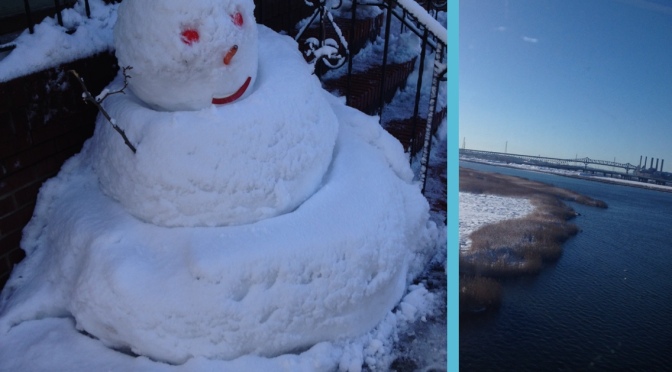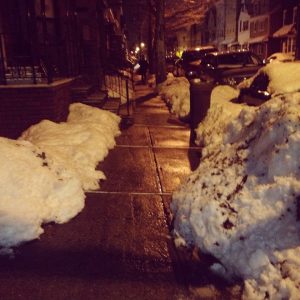I have always been an amateur psychology buff. In college, I had a class in perceptual psychology, but mostly I have dabbled in it on my own. It is part of what led me to coaching. I am endlessly curious about how our minds work, how we see the world and interpret what we see–what information we gather, and what meaning we assign to that information.
Over the years I have taken a few personality surveys. I have also encouraged my loved ones to take them, with varying responses. They aren’t for everyone, and that’s OK. Personally, I find it fascinating to reflect on what drives and motivates us, what makes us flourish.
I find Myers-Briggs (MBTI) to be revealing and mostly on-point. Like any paradigm, it has its limitations, but most of its insights resonate with me. I took the MBTI twice, several years apart. Interestingly, while my overall type hadn’t changed, my Intuition (I) and Judgment (J) factors had both mellowed considerably–allowing more room for their counterparts, Sensing (S) and Perceiving (P). I believe we have innate preferences, but through our experiences and choices in how to see and engage with the world, we change.
Another survey I like is the VIA Character Strengths Survey, which measures 25 character strengths and lists them in relative proportion. My top strength was “Appreciation of Beauty & Excellence,” followed by “Gratitude,” “Love,” and “Perspective.” For me, this test is revelatory because it points to what I need to flourish–where I thrive and what saves me, as it were. My top strengths remind me that to be happy, and fully myself, I need to seek opportunities to enjoy beauty, to love and be loved, and to practice gratitude.
How do I do this? For example, taking my top strength, I look for oases of beauty in the drought of what could otherwise be a sterile week:
- On a lunch break, I find refuge in a park around the corner with a waterfall and yellow hyacinths in bloom. It truly restores me.
- I make time to play the piano, organ, and sing. Even on a busy weeknight, if fills me up and I leave feeling like myself again.
- I listen to and watch others who are more talented than I am. It inspires me and makes me feel alive.
Looking at our less-developed strengths is also a good learning opportunity. One of my “less developed” strengths is “Bravery.” The creators of the VIA survey write: “Identify an area in which you generally shy away from confrontations. Practice the phrases, the tones, and the mannerisms that will enable you to effectively confront the situation next time.”
My first reaction to reading that was, “Are you kidding?” Identifying confrontations is about the last thing I want to do. My mind isn’t naturally wired for it. Nonetheless, our minds are pliable–we can actually forge new neural pathways by changing our thoughts and habits.
And thus, we change and grow.
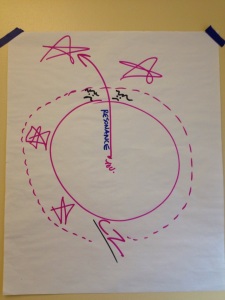
Coaching asks for openness to seeing ourselves as we are today, seeing ourselves at our most magnificent core, and dedicating ourselves to moving bravely toward our truest self. It can be a little scary. At my Fulfillment class at CTI, one of the leaders drew this picture of our comfort zone, with stars outside of it, illustrating that to reach for the stars, we have to step outside our comfort zone.
So, if we’re uncomfortable, we’re doing something right. Yet we don’t have to be constantly uncomfortable. We’re allowed to take a step or two forward and stay there–or dance up and down the steps we’re familiar with–till we’ve gathered the resolve to take another step. We get to be at choice.
CTI led us in a visioning exercise to develop a life purpose, phrased as “I am the ___ that ___.” I was initially drawn to the image of a lighthouse, that illuminates others’ strengths. Later, I was drawn to the vision of a lake where I canoed in rural Quebec, out of which came this working life purpose statement: “I am the deep lake that holds beauty within and around it.”
What does it mean and what is its impact? I can honestly say that I don’t completely know, but that it centers and directs my life journey. There is something compelling about the beauty of nature, art, music and writing that inhabits me–even simply the appreciation thereof. What does it mean to hold beauty? I hold it in my eye, ear, mind, and heart. How will it impact others? That story is still unfolding.
What are your top strengths and values, that when engaging in them, you feel the most like yourself? Who are you at your deepest, most magnificent core?
I’d love to offer a sample phone call to explore your values and what you most want. What matters? What are you drawn to? Call or email me to set up a session to move toward the stars.



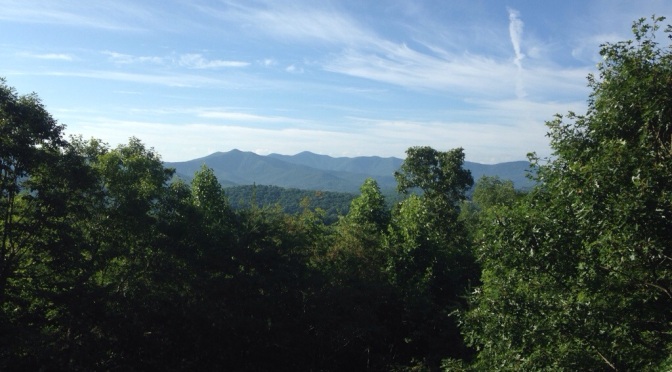
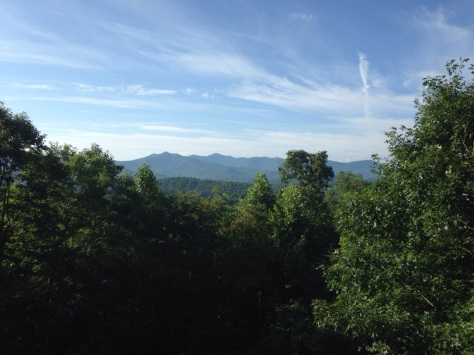
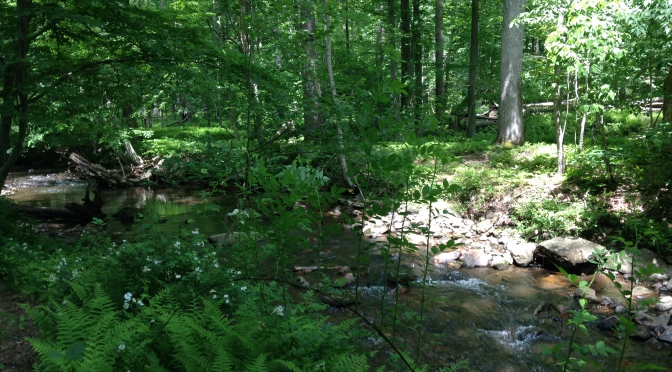
![IMG_0024[1]](https://marywcrow.files.wordpress.com/2014/06/img_00241.jpg?w=300&h=225)

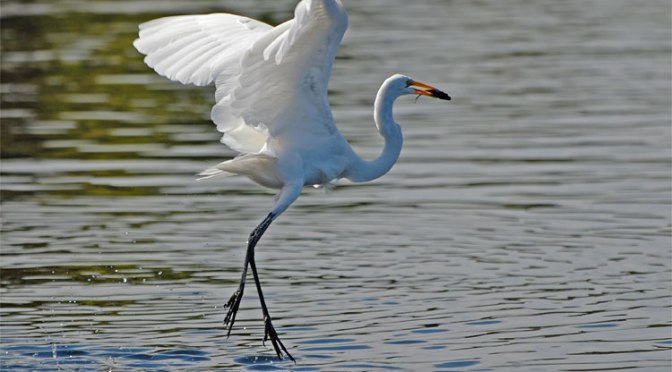
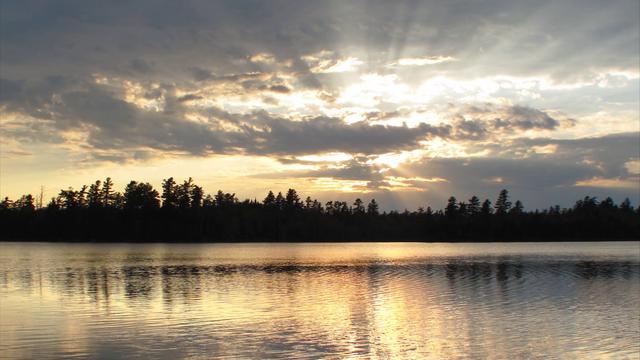

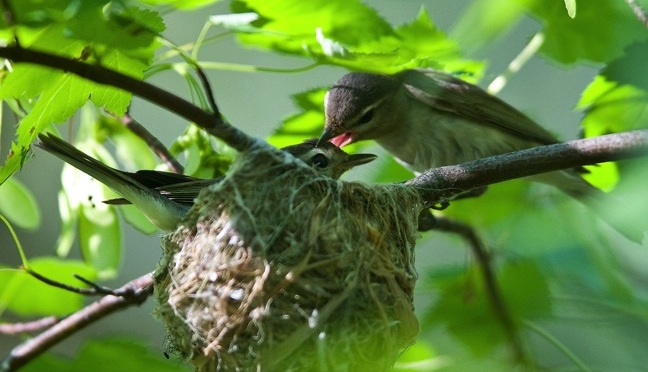
![IMG_1841[1]](https://marywcrow.files.wordpress.com/2014/03/img_18411.jpg?w=300&h=225)
